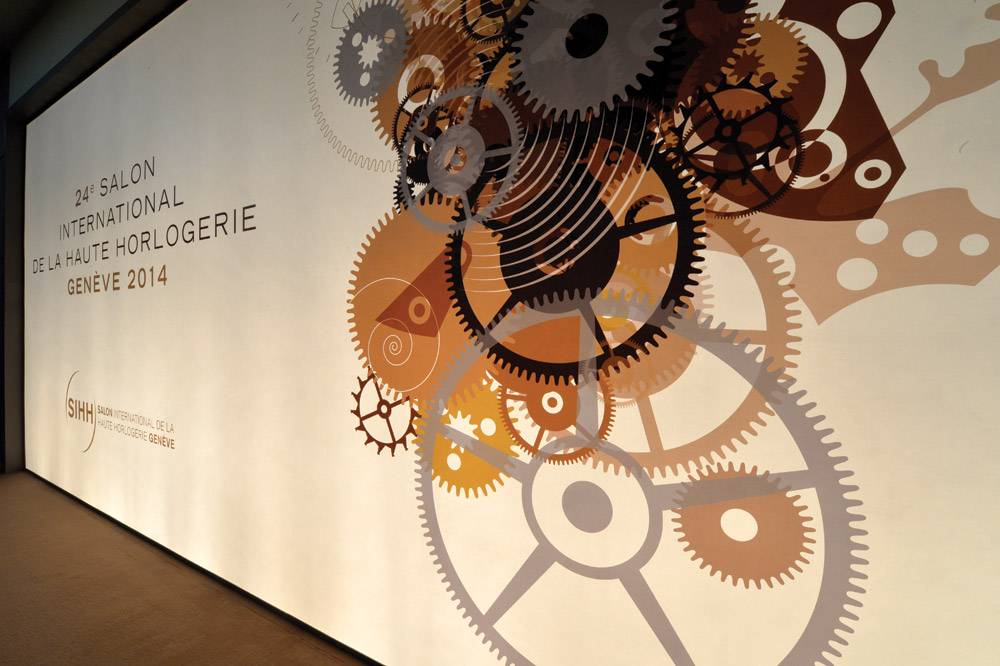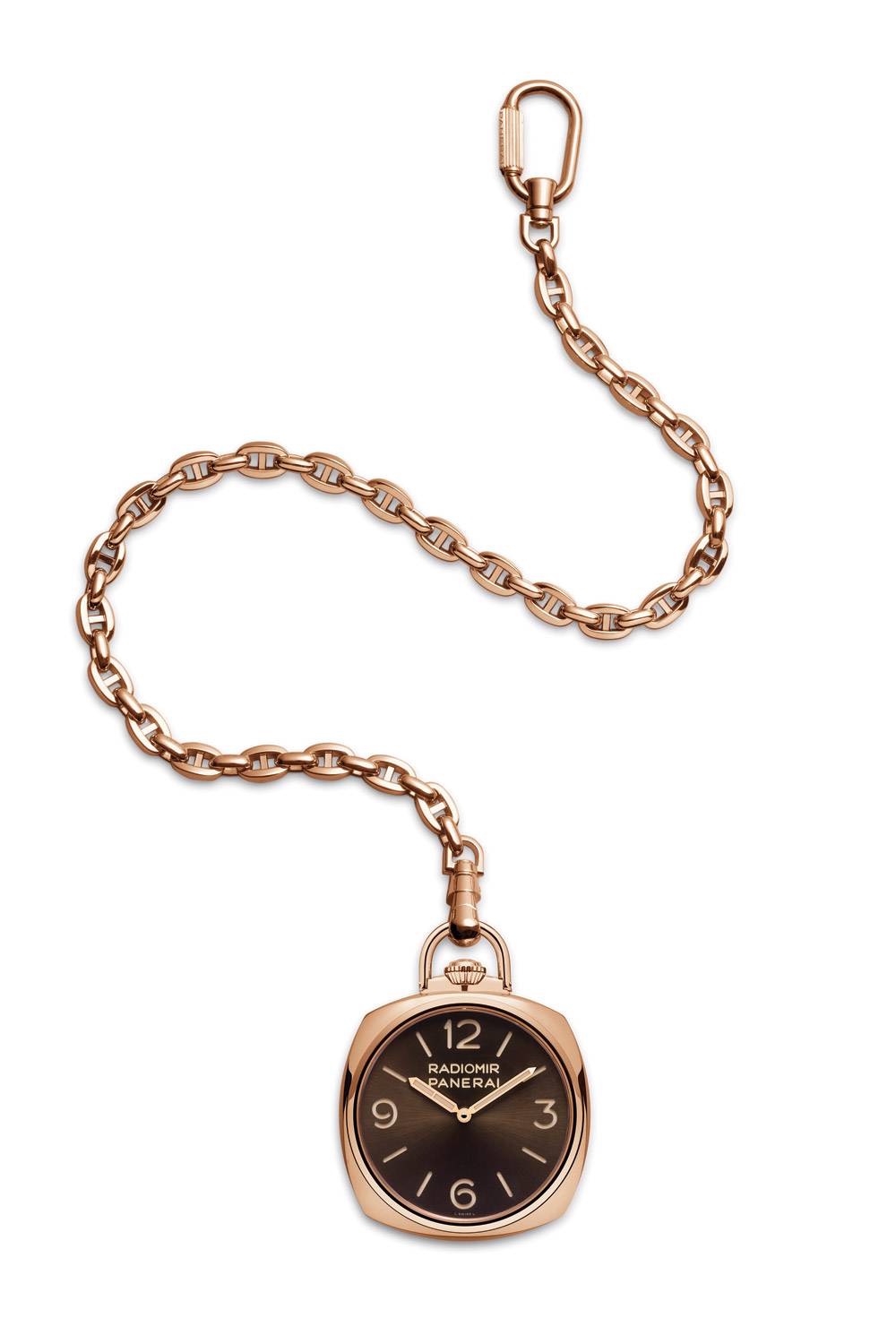10 Best Watches from SIHH
The SIHH in January is the venue for the year’s first crop of new luxury watches from the maisons that consistently produce sought-after collectors’ pieces. Many of the pieces shown here are limited editions, with elite mechanical movements representing the latest technical innovations. They caught our attention not just because of their mechanical ingenuity but because of their superior finish and aesthetics.
Jaeger-LeCoultre
Master Ultra Thin Minute Repeater Flying Tourbillon
This is the 11th creation in the haute horology Hybris Mechanica collection and, at 7.9mm thick, represents the world’s smallest minute repeater/grand complication with an automatic movement. The absence of an upper bridge (it is a flying tourbillon) and the presence of a new flying balance wheel make it 25% thinner than the typical tourbillon escapement. Other impressive details include a retractable pushbutton to activate the repeater, a row of windows along the inside of the bezel through which to view a newly developed peripheral rotor and a “silent-timelapse” reduction system, which means that unlike conventional repeaters, there is no gap between the chime of hours and the minutes when there is no quarter hours to chime in between.
A. Lange & Söhne
Richard Lange Perpetual Calendar Terraluna
The Richard Lange Perpetual Calendar Terraluna is big (45.5mm) and busy for an A. Lange & Söhne timepiece, but retains the brand’s classic aesthetic. As a high complication, it conveys a lot of information but does so smoothly and elegantly. Hours are shown regulator-style in the subdial at 4 o’clock, with overlapping minutes and seconds dials. There is also a leap year indicator, a rare and expensive complication, in the upper right. The caseback is a dramatic orbital moonphase display with not only moonphase but the moon’s position in the night sky from the northern hemisphere, so the watch also functions as a nice day/night indicator. The balance wheel serves as the sun, and three moving disks represent the sky, earth and moon.
Montblanc
TimeWalker Chronograph 100
For those who remember the thrilling Bi-Frequence 1000, with the Villeret movement that measured elapsed times to 1/1000th of a second, this is a similar, more accessible version. It measures elapsed intervals to 100th of a second according to the same principle, with the newly developed Montblanc/Minerva Caliber MB M66.25. It vibrates at a frequency of 50 hertz or 360,000 vph, with two balance wheels – one dedicated to the chronograph and the other to regular time, each powered by a separate mainspring barrel. It is equipped with two zero-return mechanisms: one for the 100ths of a second and another for elapsed minutes and seconds. The movement was made entirely by hand, including plate, bridges, and balance spring.
Audemars Piguet
Royal Oak Concept GMT Tourbillon
The 44mm case of this watch is titanium, but the white ceramic upper bridge, crown and push buttons steal the show. The watch contains the Caliber 2930, with two barrels for a 10-day power reserve, and a linking system that reduces pressure in the gearing, offsets torque variations, and thereby increases running precision, greater power reserve and enhanced reliability. The H (Hour), N (Neutral) and R (Remontage) indications correspond to the three positions of the winding stem, representing time-setting, neutral and winding, respectively.
Officine Panerai
Pocket Watch 3 Days
There is both an Oro Rosso (red gold) and an Oro Bianco (white gold) version of this heritage pocket watch, and only 50 pieces of each will be made. It is inspired by pocket watches made by the brand in the 1930s, with the traditional Radiomir cushion case and sandwich dial: two superimposed disks enclose a layer of Super-LumiNova which shines through the apertures in the upper disk. This piece contains the hand-wound caliber P.3001/10, driven by two barrels for a 3-day power reserve. It will be sold in a mahogany box that doubles as a stand, transforming this watch into a table clock.
Cartier
Rotonde de Cartier Astrocalendar
Cartier’s resident genius Carole Forestier calls this watch the “Arena,” for its ampitheater aesthetics. At the center is a flying tourbillon, impressive in its own right, but the real theatricality is the unique representation of the indications of the perpetual calendar, positioned on the bridges of the movement, tiered in concentric levels around the escapement. The technical genius of the watch is that it has only gears – no levers or springs – with a central gear called “the brain” that works with retractable teeth to drive the indications of the perpetual calendar. All gears means less friction, and also enables the perpetual calendar indications to be set with the crown, as you would the time, instead of using a separate tiny button.
Piaget
altiplano 38mm 900P
From the brand that does thin better than anyone – with 14 world records for thin calibers – comes the world’s thinnest mechanical watch, at just 3.65mm thick. How do they do it? The caseback doubles as the main plate, onto which the movement is built, with the whole assembly also serving as the dial – there is no extra layer between the movement and the sapphire crystal. The hands are integrated on the same level as the movement components. In case this isn’t impressive enough, a high jewelry version features about 5 carats of diamonds and is just 5.65mm thick.
Roger Dubuis
Hommage Double Flying Tourbillon
The hand guillochéd dial is the aesthetic star of this watch. It’s not just any guilloché, but rather the precise sculpturing of the dial plate that results in this spectacular 3D sunburst effect. It aligns with the brand’s signature Roman numerals, which seem to radiate from the center of the dial, with a nice added touch: the exposure of gears at the center. It is driven by the RD100, a Geneva Seal movement that took 1,200 hours to manufacture. The Hommage collection is a tribute to brand founder Roger Dubuis and bears his signature under the sapphire crystal of the caseback, another nice touch.

IWC
Aquatimer chronograph
edition “expedition Charles Darwin”
Bronze is a rarely used case material, probably because it takes a patina, which is really only appropriate in the sports watch category. Panerai did it a few years ago with the Bronzo, to high acclaim, and IWC does it this year with the “Expedition Charles Darwin” special edition Aquatimer. Bronze is especially ideal for diver’s watches, since it is uniquely salt-water resistant – in this case to 300 meters. The watch is a tribute to Charles Darwin’s exploration of the Galapagos Islands in 1835. His portrait is etched in the caseback. It contains the automatic caliber 89365 with a 68-hour power reserve and a new internal/external rotating bezel.
Richard Mille
RM 36-01 G-Sensor
Tourbillon Sébastien Loeb
This tourbillon is not only equipped with a shock protection system, but also an early warning system to guard against impact. It has a built-in G-force meter, in case you hit like Rafa Nadal or swing like Bubba Watson and insist on wearing a tourbillon while you do it. The G-sensor measures the force of velocity in different directions – for example when screeching around corners. It was made with race car driver Sébastien Loeb in mind. The case is carbon nanotube with a titanium bezel and back, and the movement is manual wound, with G-sensor sitting on top as a module.






















